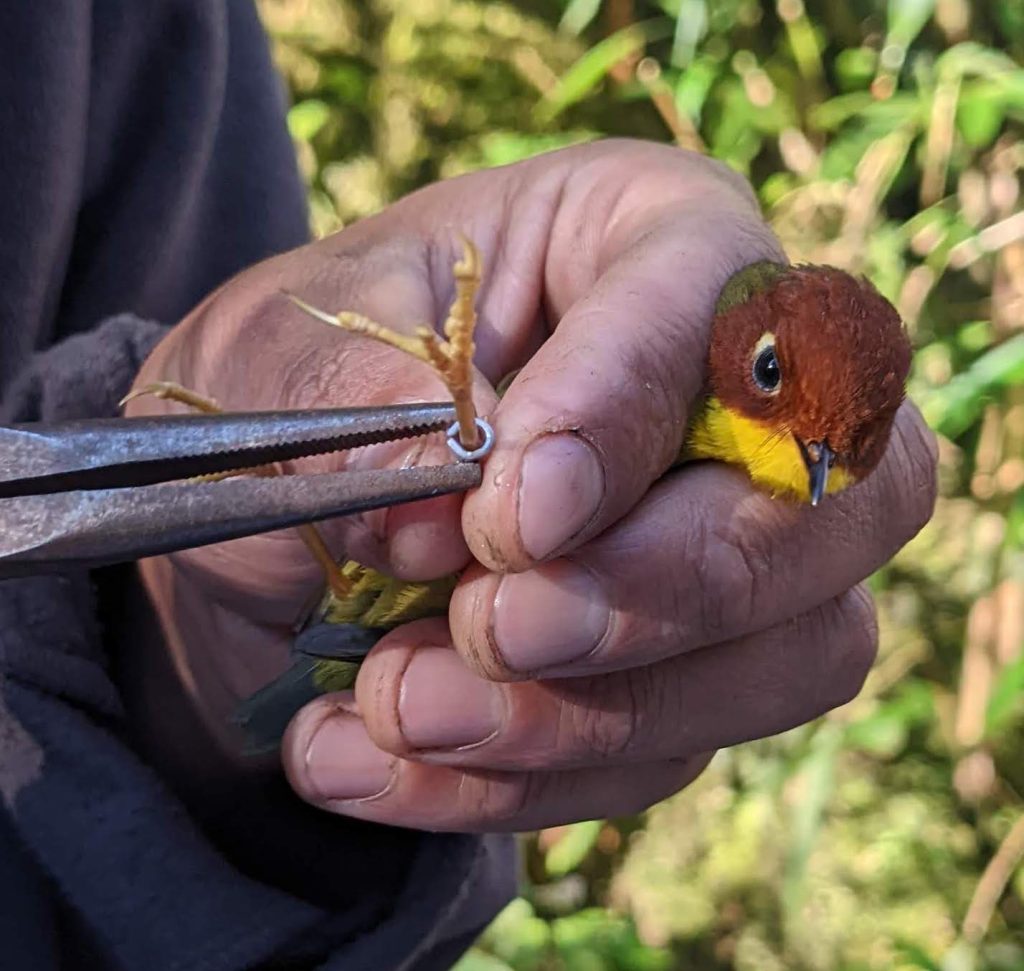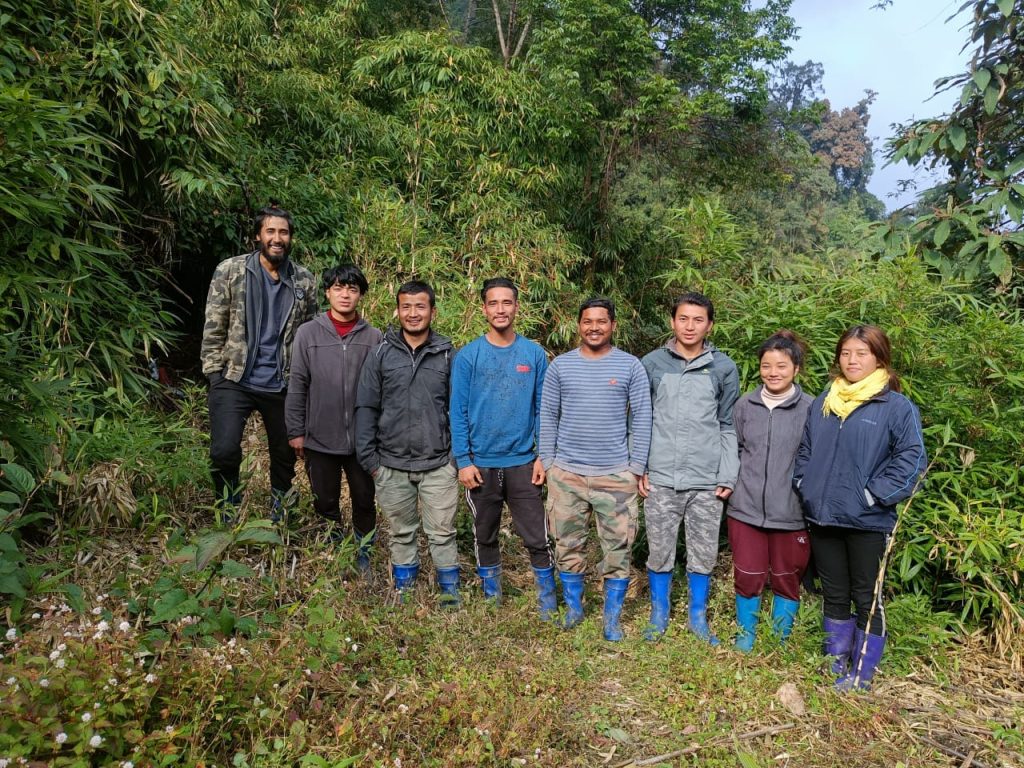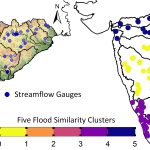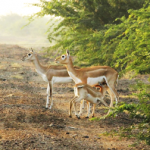
Researchers at IISc have studied the effects of forest logging and climate change on bird communities in tropical mountains, by examining over 10 years of data. In a study published in Global Ecology and Conservation, the team used mist netting and bird ringing data to answer how the composition of the mid-elevation Eastern Himalayan understorey bird community changed in primary (undisturbed) forests as well as in logged forests.
Tropical montane forests are unique ecosystems that can start at about 150-200 m and reach up to 3,500 m high up on mountains around the world. They are critical centres of biodiversity. “In tropical mountains, each species has a particular niche where it is found. This restriction creates much more diversity in a small space,” explains Ritobroto Chanda, former Project Associate at the Centre for Ecological Sciences (CES), IISc, and corresponding author of the study.
Forest loss and climate change present major threats to these ecosystems. “Birds – and indeed much of the flora and fauna – of tropical mountain ranges are extremely temperature-sensitive and are responding to global heating rapidly. Also, most of the world’s terrestrial biodiversity is concentrated in tropical mountains,” says Umesh Srinivasan, Assistant Professor at CES and another author. However, very few studies have explored the joint influence of these threats.

The team found that many bird species have started shifting to higher elevations due to rising temperatures. Logged forests have higher average temperatures and lower humidity than primary forests, thus hastening the transition. Additionally, birds that are smaller in size seem to colonise these logged forests better because they can tolerate higher temperatures, while the density of larger bird species appears to be increasing in the primary forests.
The team collected data from the Eaglenest Wildlife Sanctuary, Arunachal Pradesh, situated in the biodiversity hotspot of Eastern Himalayas and home to over 500 bird species. The area saw intensive logging until 2002, and the logged regions have major differences compared to intact forests, making them ideal for the study. The support of the local communities is also critical to carry out such studies, Chanda says. “You have to stay in a wildlife sanctuary with no paved roads, no electricity, and no place to stay as such. We take our food with us, cook on a daily basis, make a makeshift camp and move around, and without the people’s support, it’s really not possible to continue this for a long time,” he emphasises.

Each day, after setting up the mist nets, the team checked them every 20-30 minutes, weighed and labelled the birds, and released them immediately. Out of the 6,189 captured individuals from 130 species, the final analysis included 4,801 understorey insectivores – insect-eating birds that live under the canopy of large trees – belonging to about 61 species. The researchers focused on these birds because their niches are well defined and abundant data from the mist nets is available for them. Rare species were left out of the study to avoid skewed results.
What the team found was that logging can lead to the loss of large-bodied, old growth-dependent species, and decrease the overall biodiversity. Understorey insectivores, which are often found only in specific niches, are negatively influenced by logging and show steep declines in numbers. Logged forests also have lower densities of foliage-dwelling insects, reducing the resource availability for the birds. Since large species have higher energy requirements, this disproportionately reduces the abundance of large species.
The study highlights the need to safeguard primary forests in order to mitigate the effects of climate change. “Logging managers should ensure that undisturbed forests across large elevational gradients are protected,” says Srinivasan. He explains that this will allow species to shift their ranges upwards in response to climate change and maintain survival. “If species encounter degraded forest while they shift upwards, certain species will most likely go locally extinct.”







